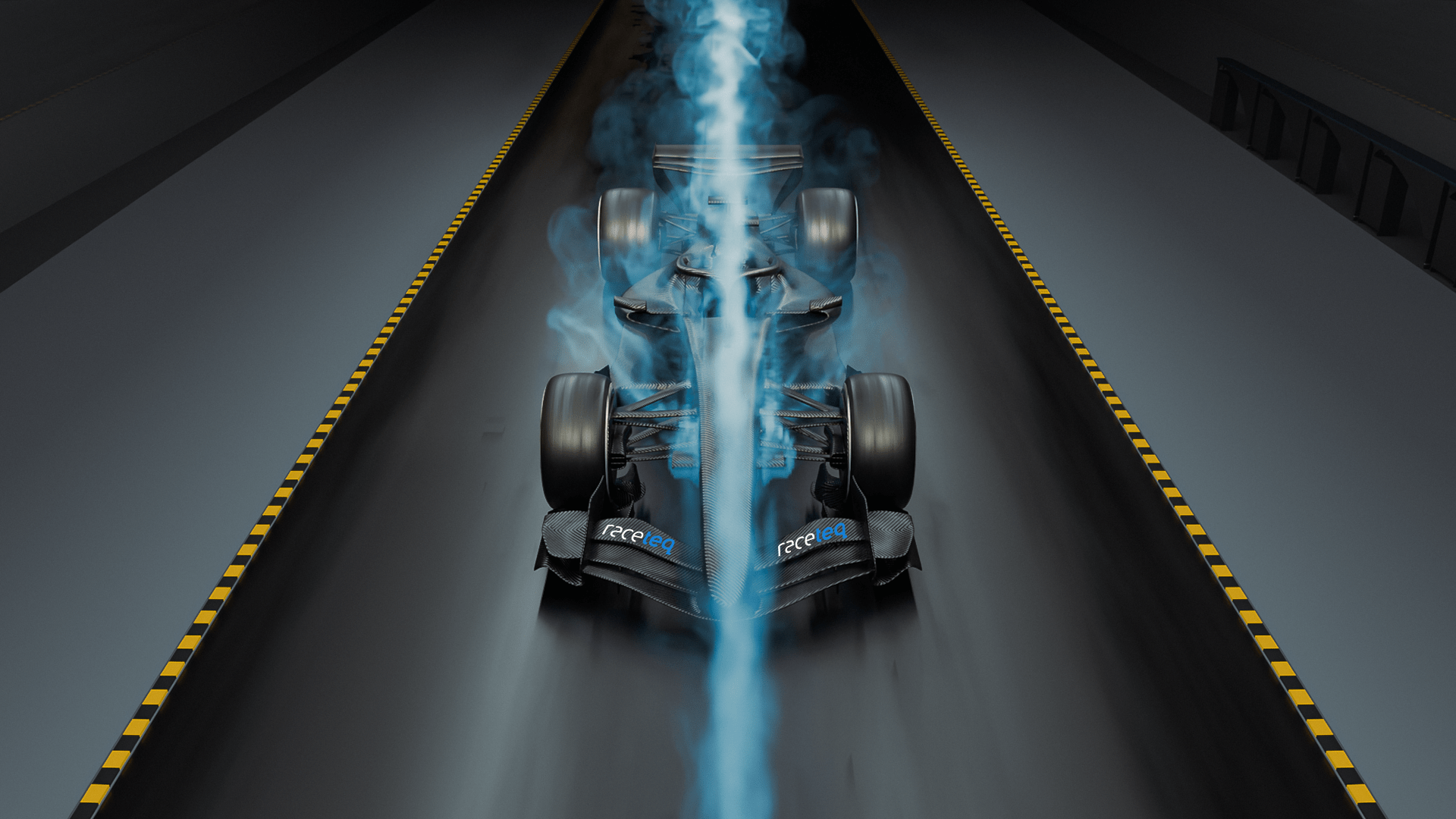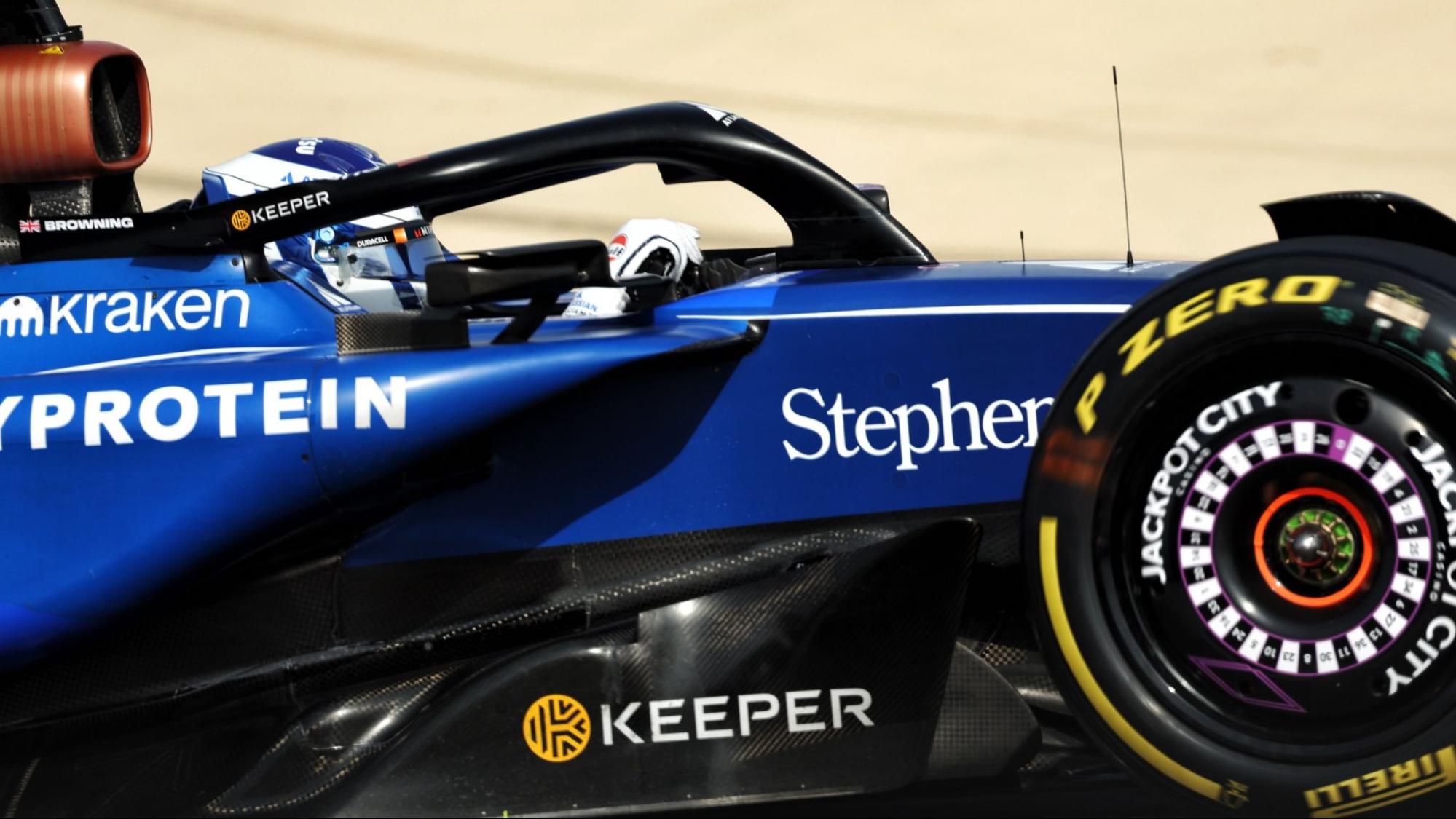Car
Track walks and scans - how F1 and F2 teams examine the track at a micro and macro level
by Samarth Kanal
7min read
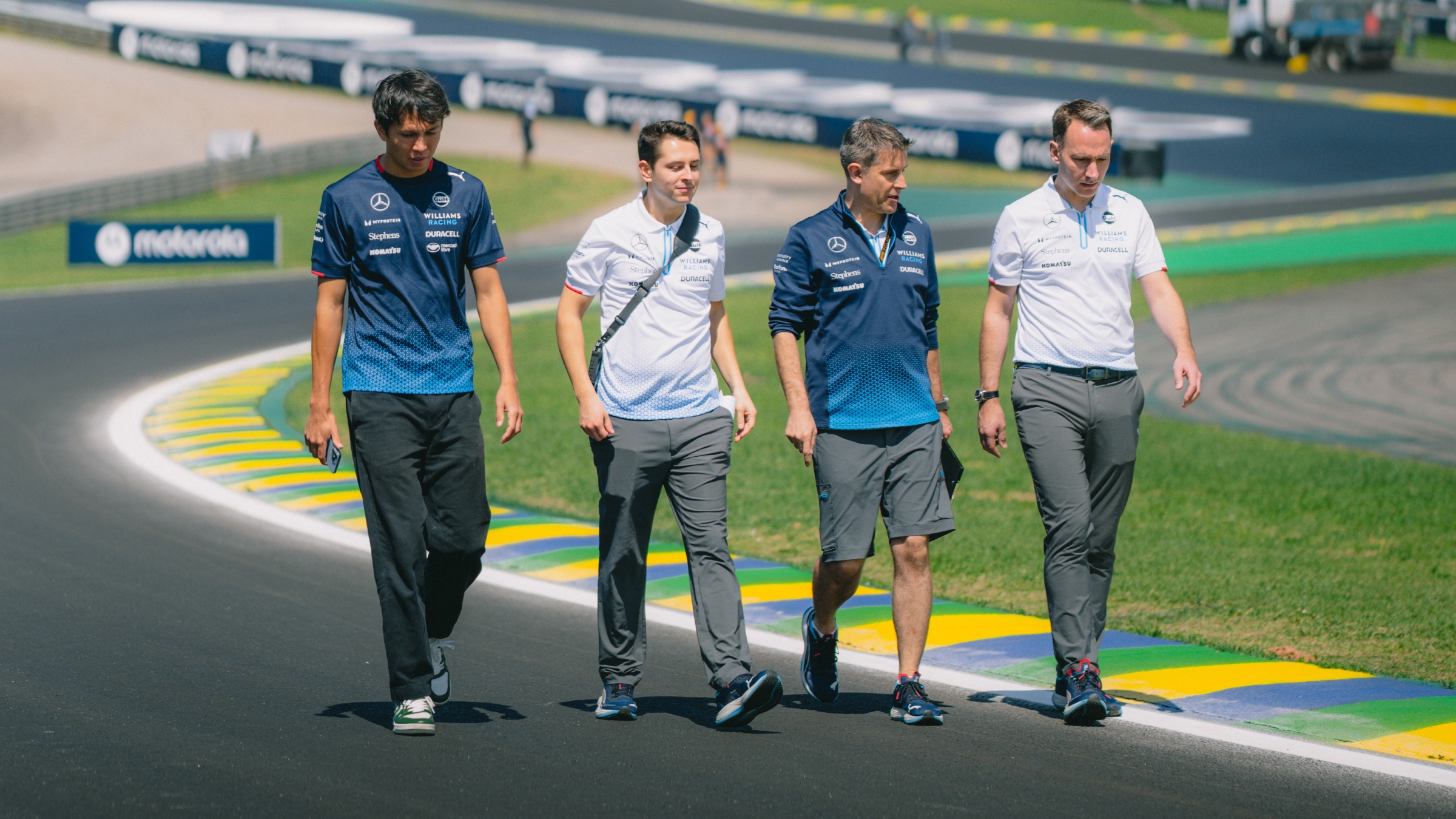
Track walks are a ritualistic element of race preparation and, while some Formula 1 drivers don't take part, it's an important part of preparation for Formula 2 drivers.
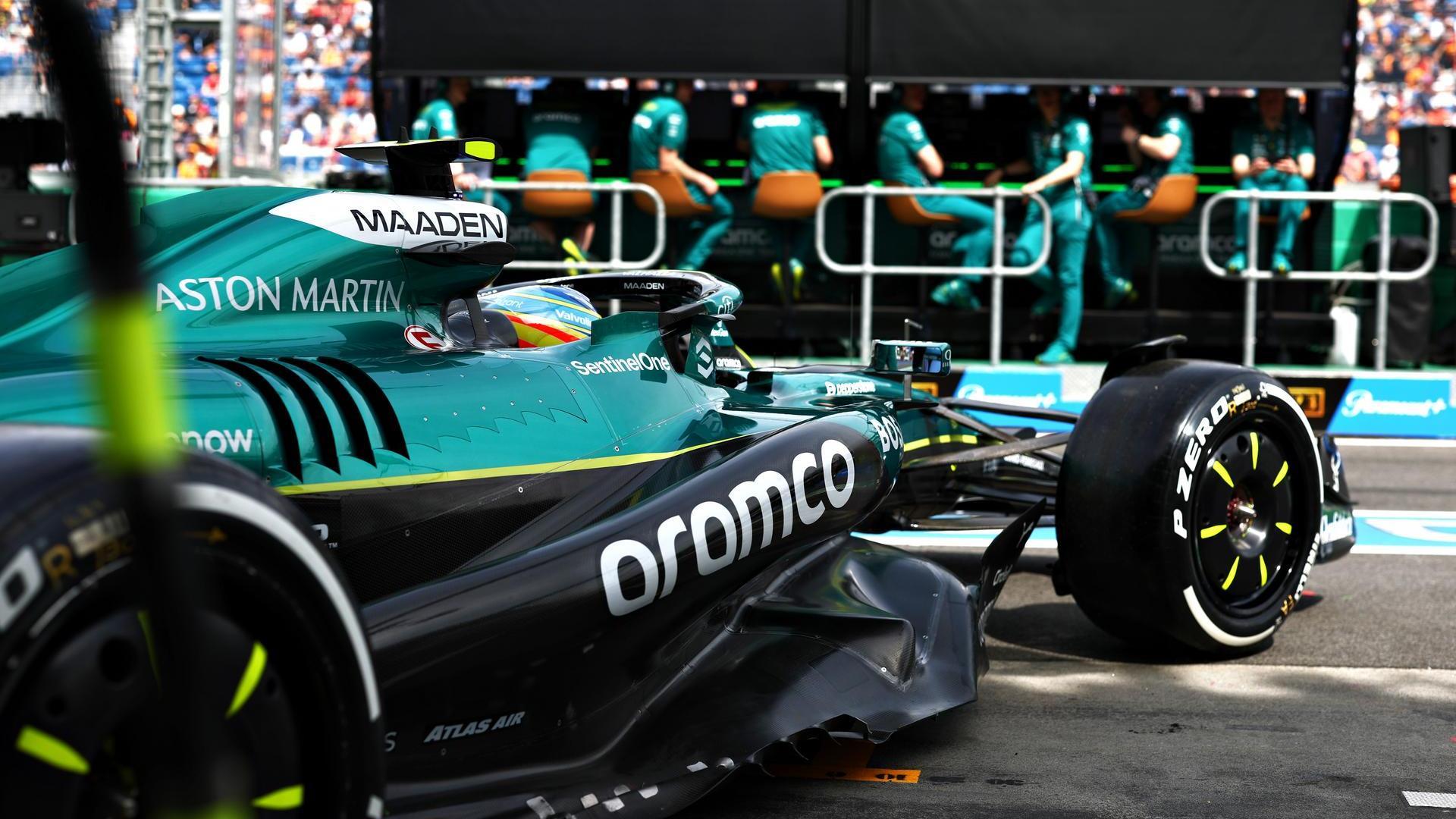
Sign up for a newsletter and we'll make sure you're fully up-to-date in the world of race technology
Walking the track gives engineers and drivers a close look at the surface on which they will race, and it provides an insight into which areas could provide grip, prove slippery, or even prove hazardous.
If drivers and teams need a closer look at the track characteristics, that requires specialist equipment and the help of the Formula 1, Formula 2 and Formula 3 tyre supplier, Pirelli.
Both of these methods are essential to understanding the track surface, plus features of the track that would otherwise become a blur when blazing by at blistering speeds.
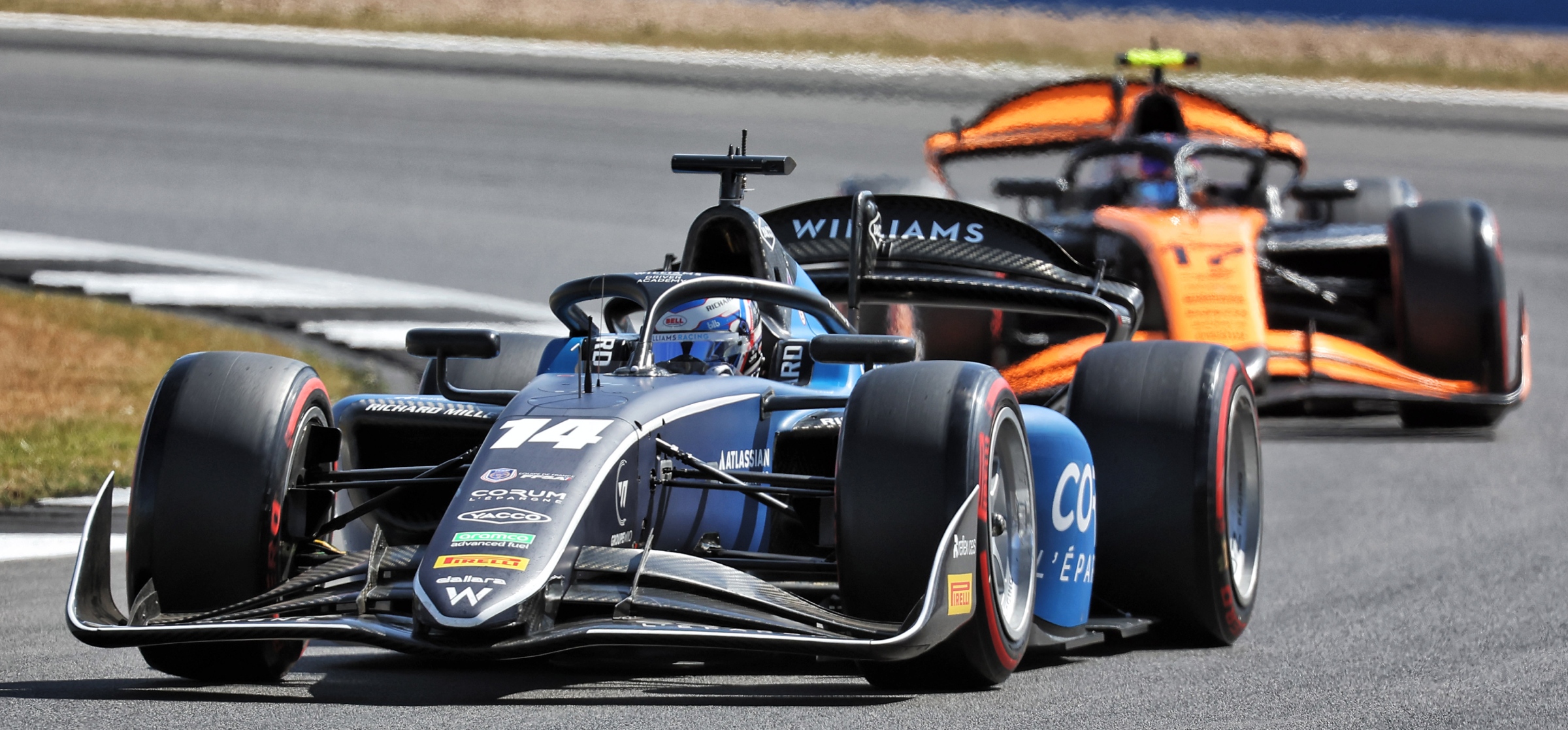
F2 drivers say that walking the track is an essential part of their pre-race routine
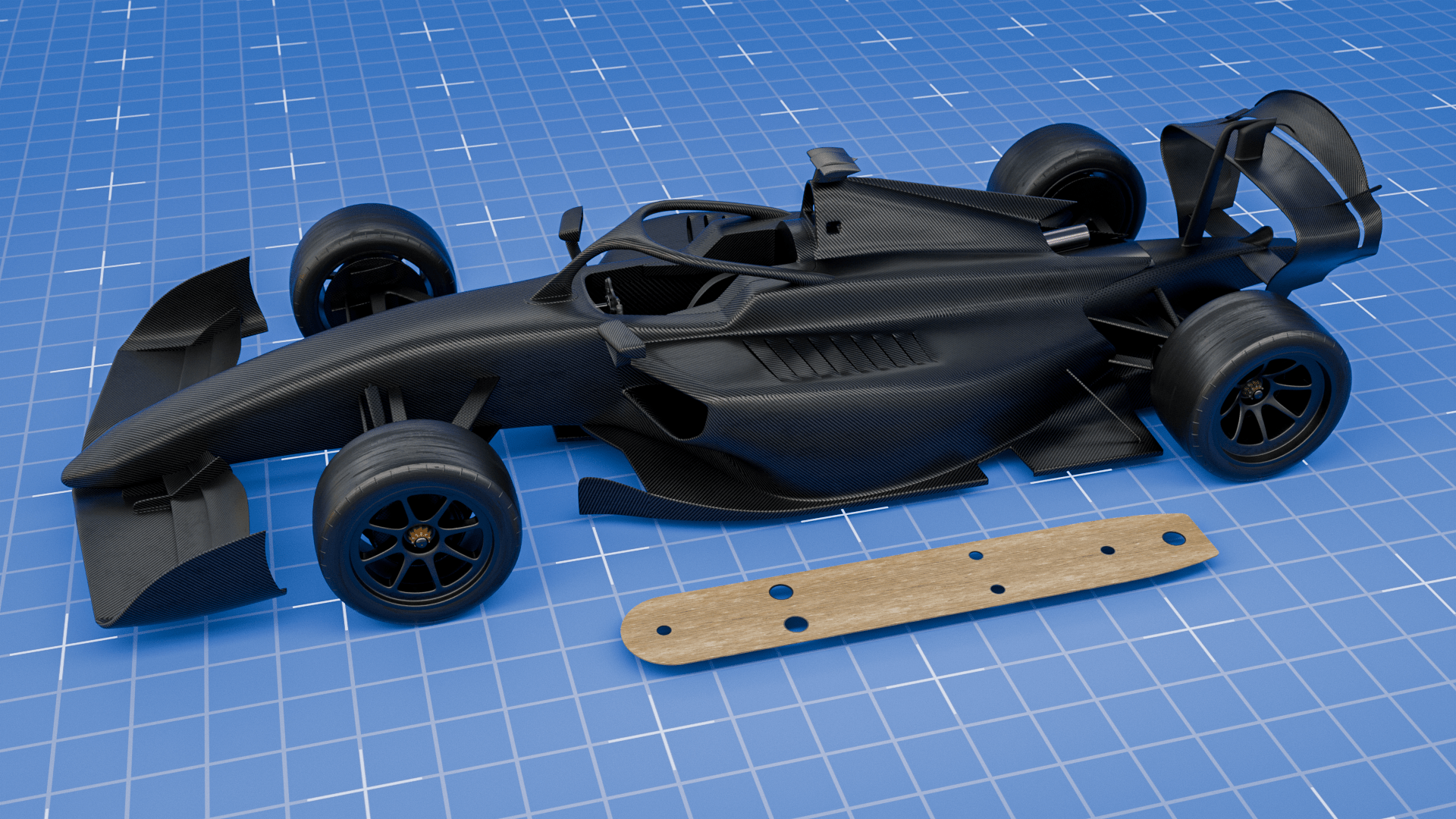
Car, Innovation
What is the plank assembly and skid block and why are they so important in F1 and F2?
What can drivers learn from a track walk?
Kerbs, painted lines, and the track surface itself are all key areas that drivers examine when they walk the track with their team-mates.
“I try to check different kerbs,” says F2 DAMS driver Jak Crawford, who recalls that the track walk proved pivotal in Austria, where he finished on the podium in the 2025 feature race.
“And I remember specifically at the Red Bull Ring [in Austria] they [the FIA] didn’t put in the event notes that they repaved Turn 3 - but we could see that they repaved Turn 3 - so it’s something like that, you see, and you notice, and that’s kind of what you’re out there looking for, just in case, because it can make a difference.”
ART Grand Prix driver Victor Martins says he does the track walk every race weekend.
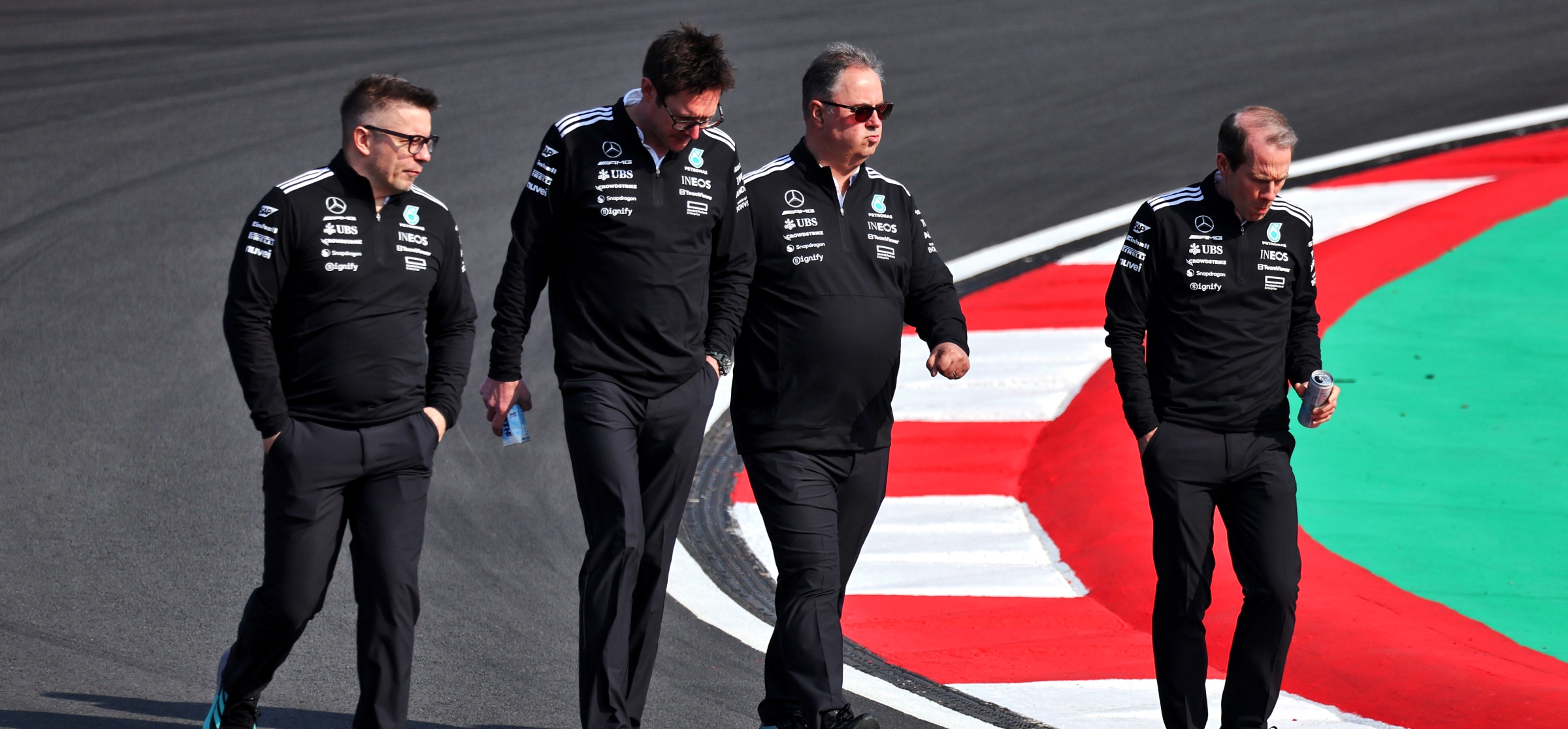
Mercedes F1 engineers walking the track to examine the surface before a race weekend
“I have experience, I know the track, but definitely, there are things that can change from year to year. For example, the last two corners [at Silverstone in 2025], the left-hand side has some dirty [muddy] areas that we cannot use.
“Then there are some other areas where we have red kerbs or sausage [kerbs] that are sometimes higher or smaller, so you know where you can cut [the corner] more or less.”
This time can also prove an effective team-building exercise with Rodin Motorsport’s Alex Dunne admitting they “probably aren’t as serious as you would expect,” but that’s important too.
Of course, it takes closer inspection, simulation runs, and plenty of data to properly understand how the track has changed from year to year - and how that could affect tyre wear, tyre warmup, and optimal driving lines.
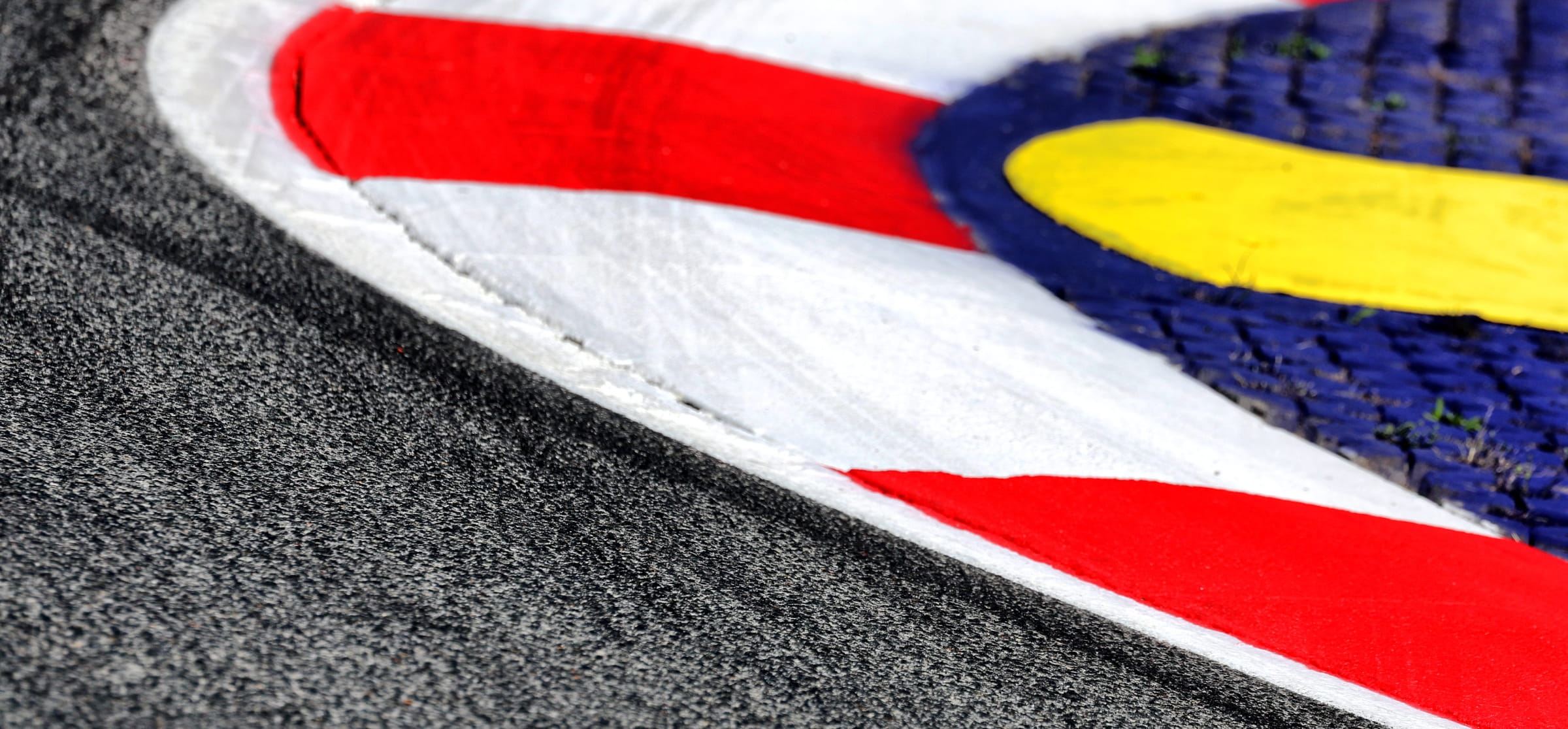
A close look at a kerb at the Red Bull Ring - also showing the roughness of the surface
What is micro- and macro-roughness?
Understanding tyres and extracting the most out of them requires an inspection of the track surface at a granular level.
Roughness isn’t consistent, given that the track surface isn’t perfectly smooth and the characteristics of the material used - generally bitumen mixed with stones or gravel - will differ depending on factors such as temperature, track action, and moisture.
That is why F1, F2, and F3 tyre supplier Pirelli scans the track surface at the beginning of the race week to build up a bank of photographs and analyse the surface by taking a car to the track and scanning the corner entry, mid-corner, and corner exit. The process takes about an hour per track.
It uses that data to build a 3D picture of the track surface and help shape its decision on which tyre compounds to prescribe later in the season and following seasons.
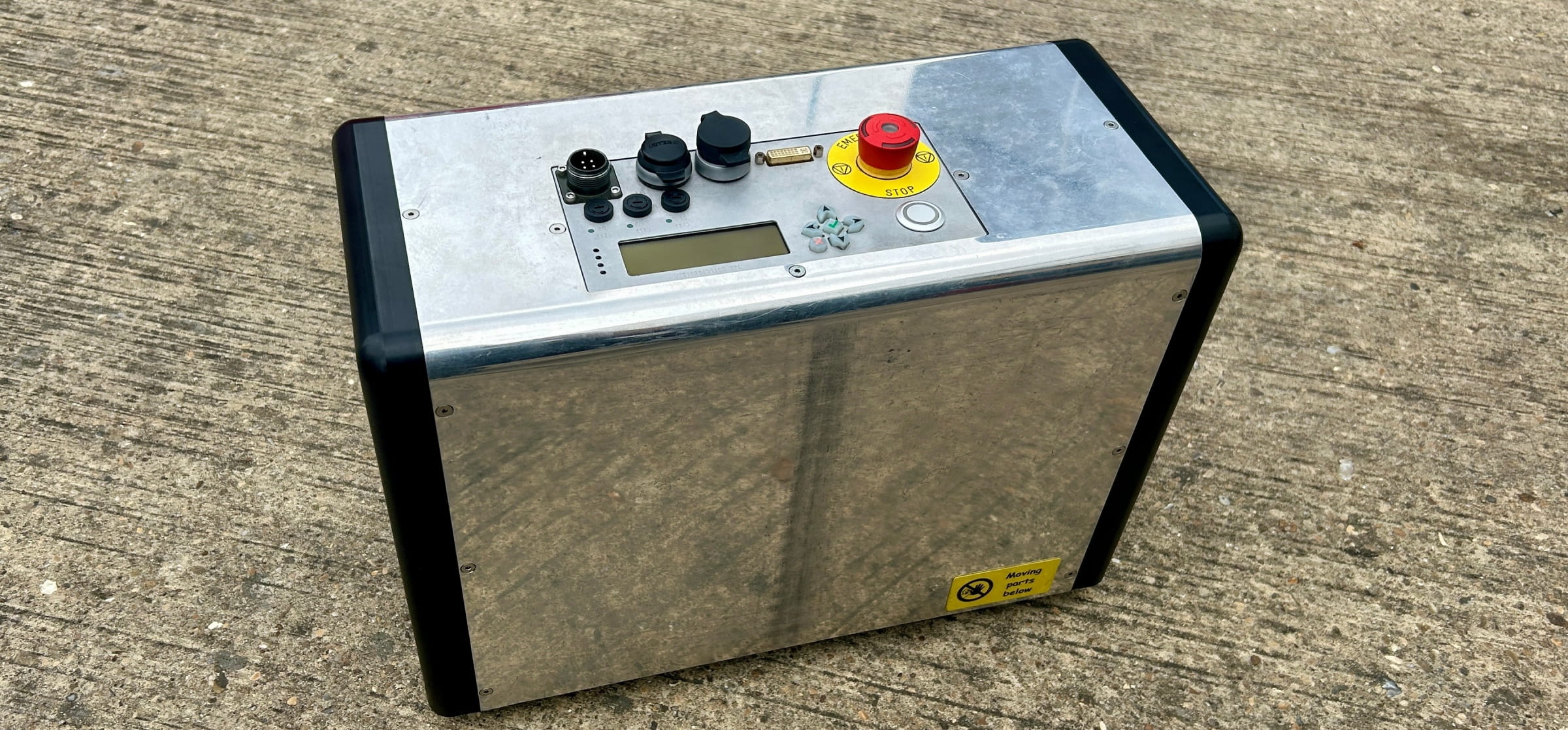
Tyre supplier Pirelli’s measuring equipment that scans the track and helps it calculate macro- and micro-roughness
“It's really important for us, especially when the track is resurfaced, to have the new characteristics of the new tarmac,” says Pirelli F1 chief engineer Simone Berra to Raceteq.
“We check not only the tarmac; we also check the kerb characteristics because for us it's really important. So, when we are measuring the tarmac, we are also checking the kerbs.”
Some F1 teams might measure the surface themselves, but Pirelli’s data is crucial to them to understand whether their own measurements are accurate. F2 and F3 teams meanwhile depend solely on Pirelli’s data for a close look at track roughness.
Roughness is a key characteristic of the track surface and it is broken down into two main categories:
- Micro-roughness is the measure of how coarse single pieces of the surface stone or gravel are. A high number indicates very rough gravel and a low number indicates smoother gravel.
- Macro-roughness is a broader picture of how bumpy and undulating the track surface is. This characteristic can be seen with the naked eye. A high macro-roughness means there are large gaps between the surface stone fragments, which means it’s harder to grip the surface; a low macro-roughness means the gaps between the surface stone granules are narrower and therefore the surface is smoother.
Pirelli doesn’t supply raw numbers to teams but a reference percentage, showing how much the roughness has changed compared to the previous year.
Both characteristics affect tyre grip, warmup, and degradation. With this data, teams can understand tyre behaviour and which compound is best suited to which situation.
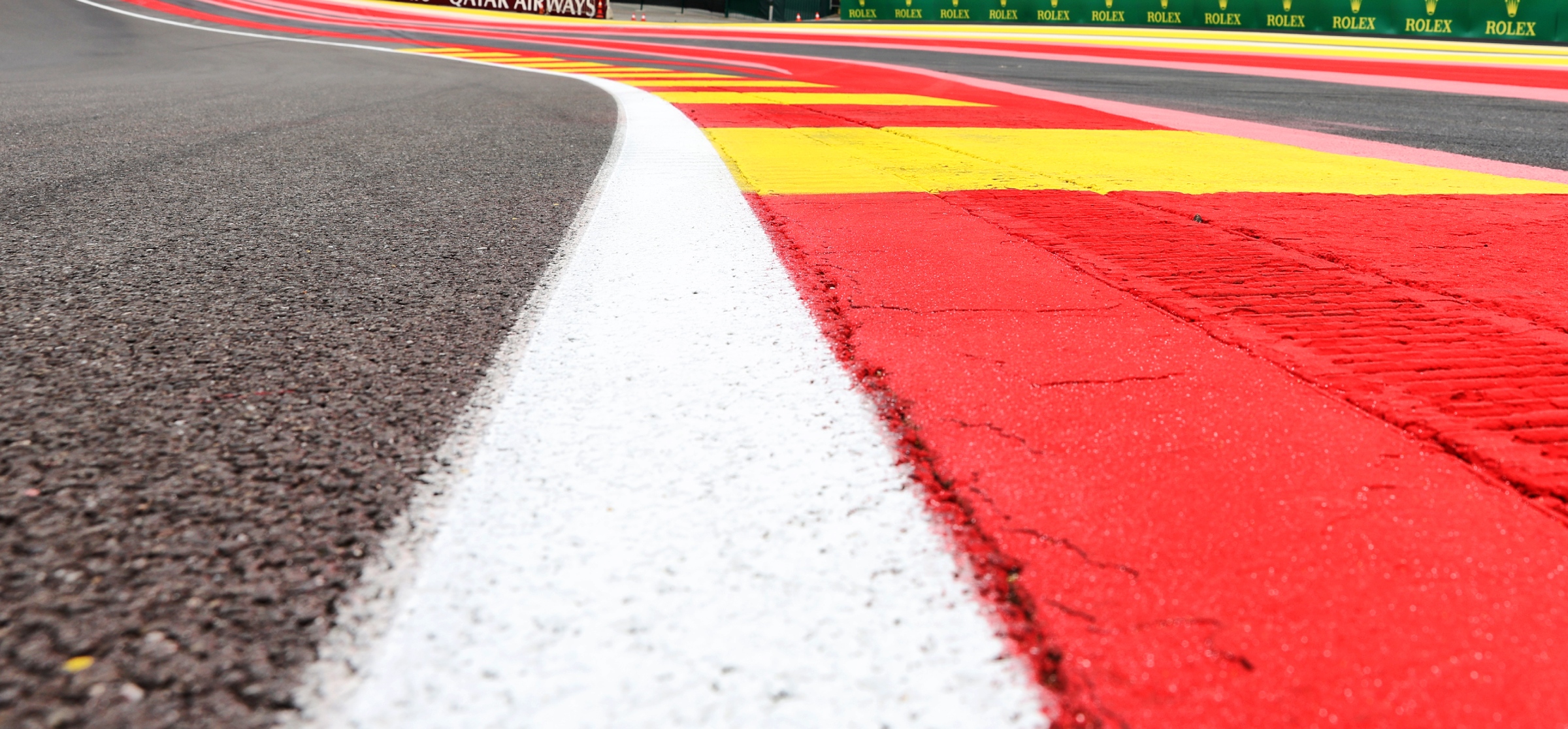
Even at historic circuits such as Belgium’s Spa-Francorchamps, the track surface can vary from year to year
Of course, when Pirelli became F1’s tyre supplier in 2011, it didn’t have this data, which meant it had to rely on previous race data and scan every circuit when possible while taking asphalt samples from the tracks.
Circuits on which drivers experience high tyre wear over a lap indicate high surface roughness and vice versa.
The Bahrain International Circuit, for example, features one of the highest levels of roughness on the calendar, which, combined with ambient heat, makes for high tyre wear.
Heat is just one of the many factors that combine with roughness to affect the grip and wear rate of tyres along with residual rubber, track evolution, and moisture.
It all comes together to build a complex but cohesive picture of how the rubber meets the track.
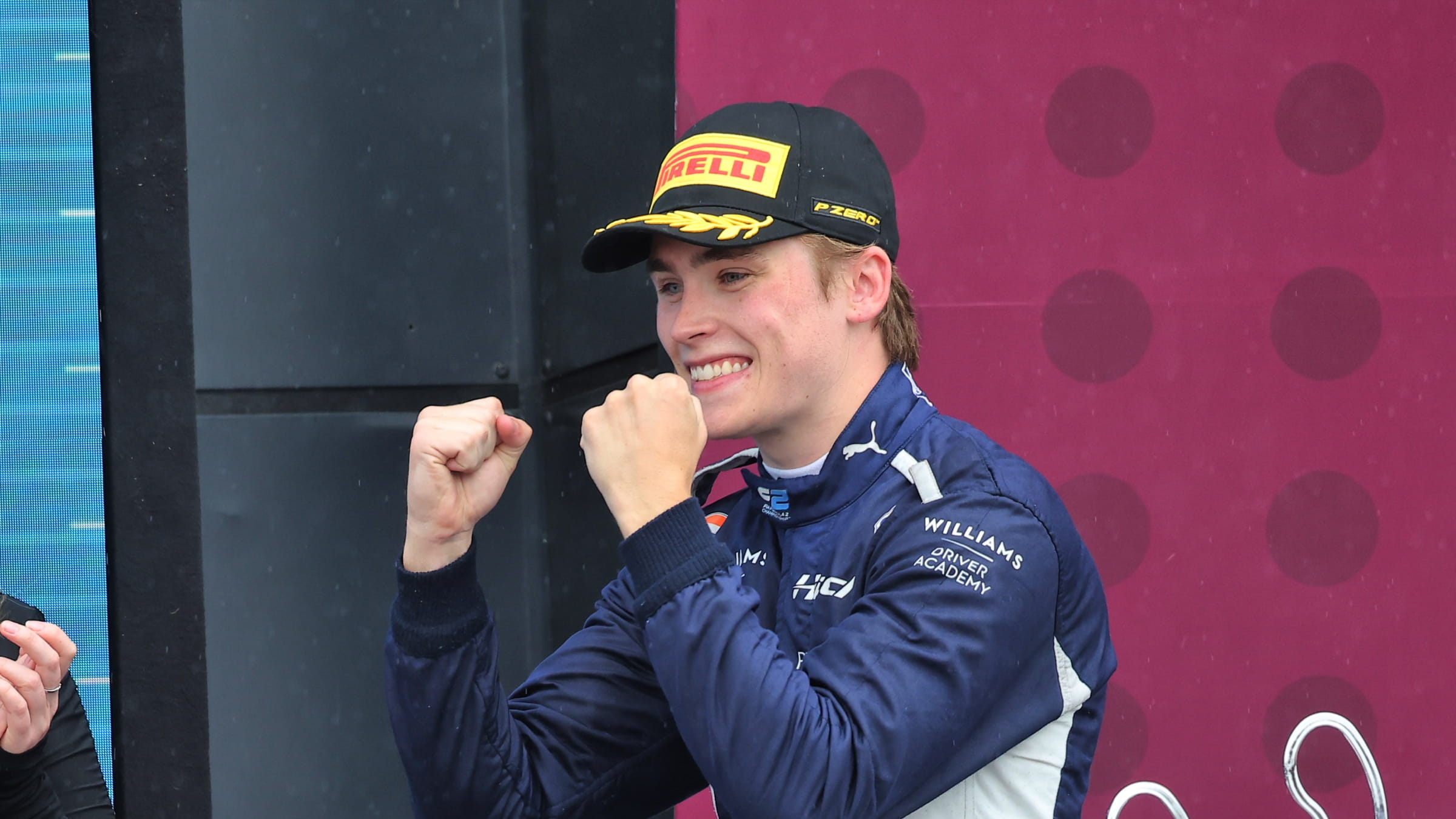

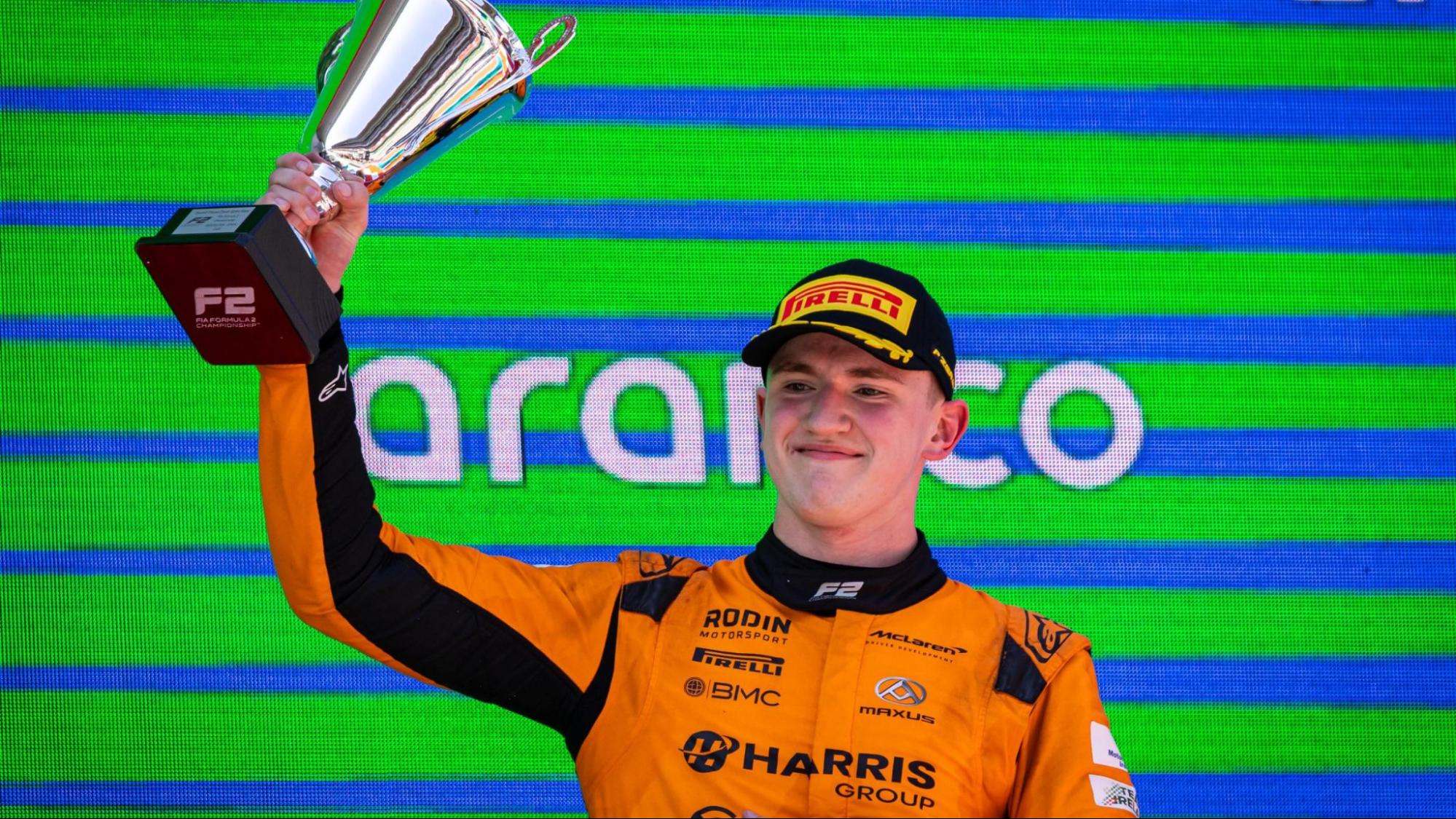
.jpg?cx=0.5&cy=0.5)
